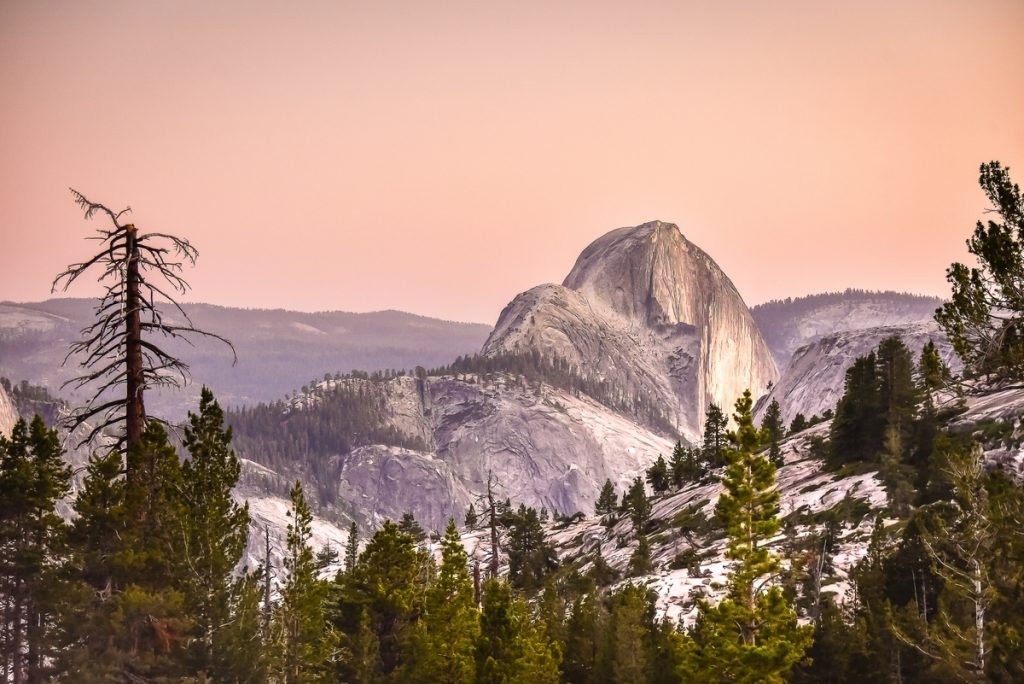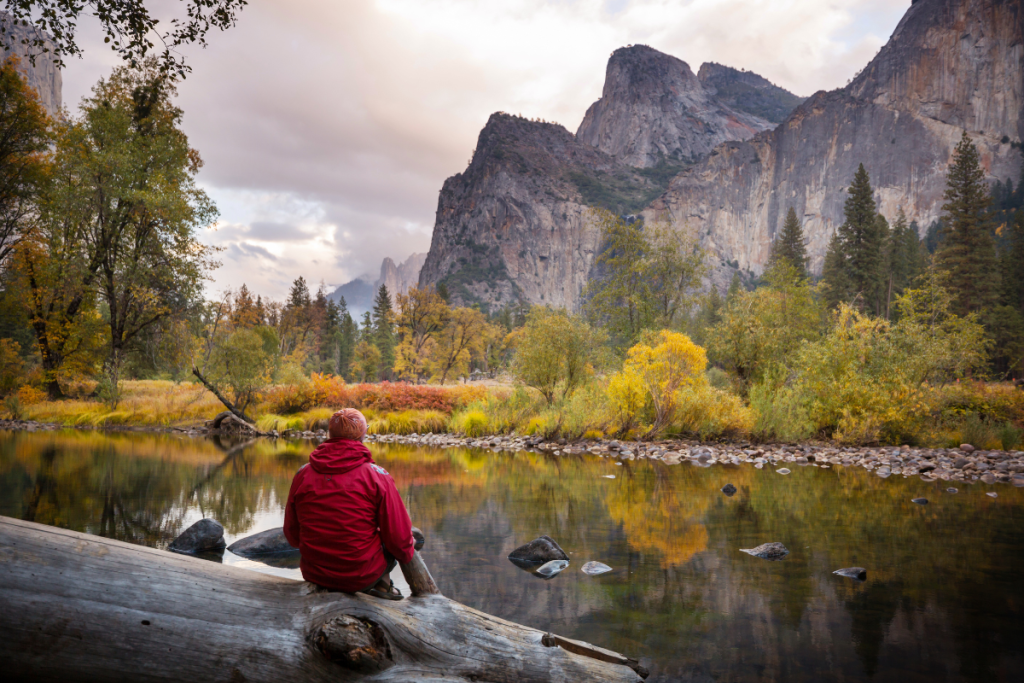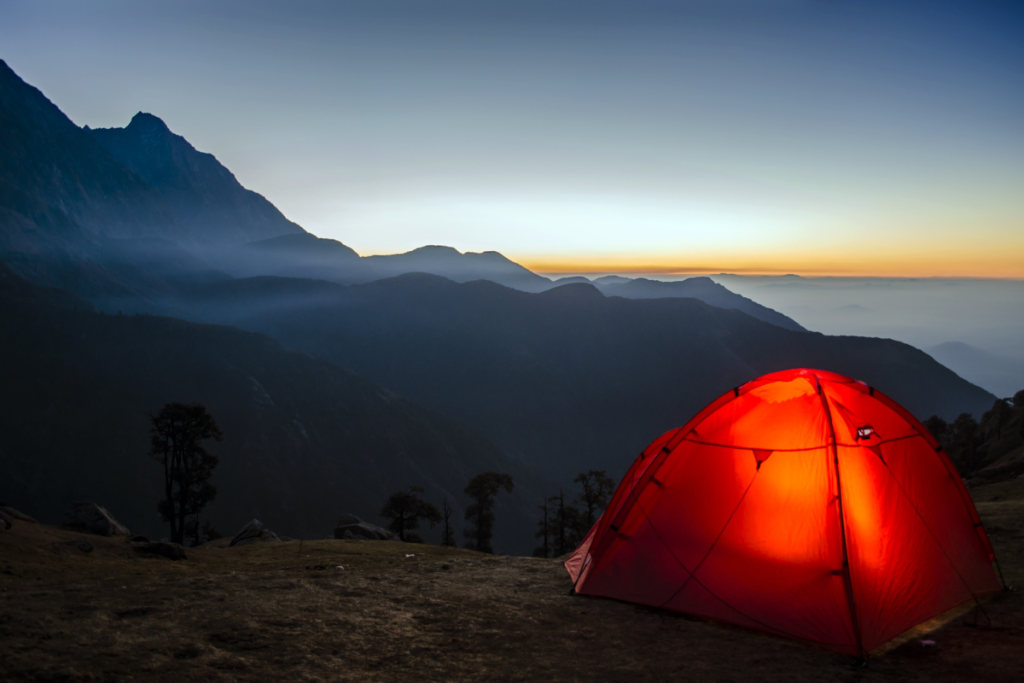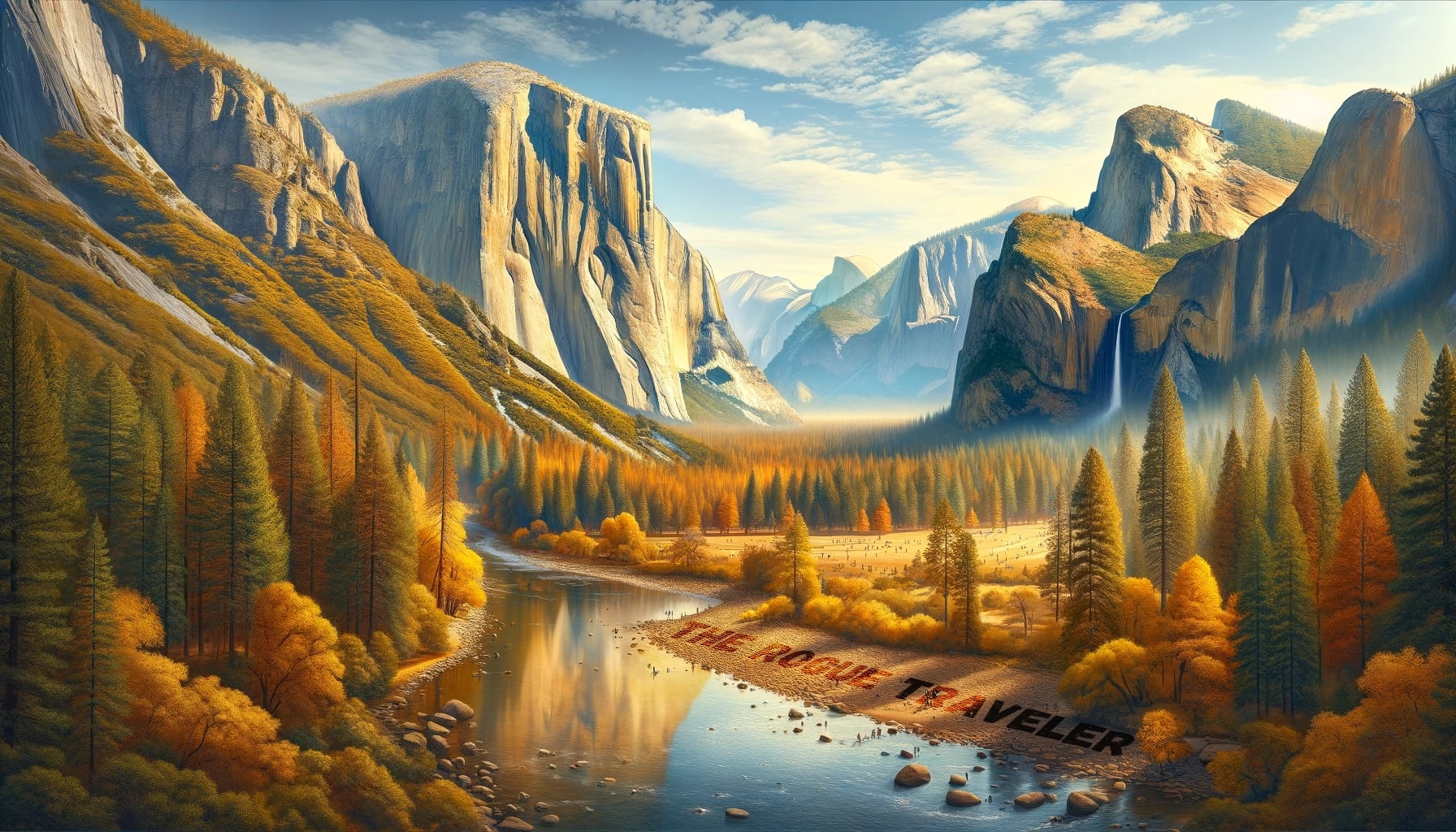Few places on Earth rival Yosemite National Park’s sheer beauty and majesty. From the intimidating grandeur of El Capitan to the delicate beauty of wildflowers that blanket the meadow floor, Yosemite offers myriad wonders for all nature lovers.
Yosemite National Park is open year-round, offering unique experiences and jaw-dropping vistas every season. We have expanded our guide on when to visit, considering the various factors that may influence your decision.
So, if you’re planning a trip to this UNESCO World Heritage Site, it’s crucial that you plan well ahead to make the most of your experience – and that’s where this blog comes to your aid!
Best Time To Visit Yosemite National Park
Yosemite National Park is open all year round, but certain areas, like Tioga Road and Glacier Point, are inaccessible during winter due to snowfall. So, the best time to visit Yosemite National Park depends on what you want to see and do.
1. Spring (March – Early June)
Spring is a spectacular time to visit Yosemite National Park due to the vibrant wildflowers and gushing waterfalls. Visiting in late May allows you to witness the mighty Yosemite Falls at its peak (the park’s highest waterfall), which is truly a sight to behold.
One of the most beautiful times to explore Yosemite is during spring, thanks to the roaring waterfalls brought to life by the snowmelt and meadows brightened with a rainbow of wildflowers. Temperatures range from 35°F to 70°F. This season is ideal for nature photography, hikes in the lower valleys, and wildlife spotting. Don’t forget to explore the granite beauty of Yosemite Valley, the park’s masterpiece.
2. Summer (Late June – September)
Summer is the busiest time of year but for a good reason. While summer attracts the most visitors and you’ll have to navigate through crowds, the park’s services, including shuttle buses, operate in full swing. Moreover, wilderness trails are mostly snow-free, providing limitless hiking opportunities. Temperatures range from 45°F to 90°F.
All of the park’s areas and services are accessible, from the glacially carved Yosemite Valley to the sublime landscapes of Tioga Road. This is your chance to hike among the granite cliffs, have a picnic by the Merced River, or cycle through the meadows. However, remember to be prepared for summer crowds.

3. Fall (October – Early December)
This season transforms Yosemite into a canvas of yellows, oranges, and reds, perfect for photography or quiet contemplation. However, some attractions or roads may close periodically due to an early snowfall. Daytime temperatures vary widely, from 30°F to 70°F.
Fall is a transitional period with fewer crowds and stunning foliage colors. September is an excellent time to visit Yosemite National Park as the summer crowds dwindle and the weather remains pleasant. The waterfalls may not be at their fullest, but the changing colors and crisp air make fall a unique time. It’s perfect for hiking and wildlife watching.
4. The Winter Wonderland (Mid-December – March)
If you love winter activities like snowshoeing, skiing, or simply marveling at snow-blanketed landscapes, Yosemite does not disappoint. The Yosemite Valley and Wawona remain accessible by car all year, while higher elevations like the Mariposa Grove and parts of the Glacier Point Road are usually closed for the season. Temperatures vary from 10°F to 50°F.
Remember, no matter when you decide to visit, Yosemite’s awe-inspiring beauty remains constant. The best time to visit relies heavily on what you wish to experience. From the vivid colors of spring flowers to the serene snowscapes of winter, Yosemite has its charm in every season.
What To Expect — Planning Tips
Embarking on a fascinating journey into the heart of Yosemite National Park? To ensure your experience is unforgettable for the right reasons, here is what you need to know:

1. Safety Precautions
Ticking off safety precautions is paramount for an enjoyable Yosemite adventure. While the park is blessed with stunning natural scenery, it’s not exempt from real dangers. Maintaining safety while visiting the park is key:
- Obtain current weather updates before heading out. Plan your visit considering the time of year and predicted weather conditions. Certain park roads like Tioga Road and Glacier Point Road are seasonal.
- Hydrate regularly and carry extra water, particularly during the hot and crowded summer months.
- Prepare for Yosemite’s altitude and choose hiking trails that are within your fitness level.
- The entire park is a sanctuary. Follow park guidelines to protect both yourself and Yosemite’s unique ecosystem.
2. Must-Visit Spots In Yosemite National Park
Planning a trip to Yosemite National Park can be both exciting and slightly overwhelming, given the vast number of attractions available. To help you map out your journey, here are some of the top must-visit spots:
- Yosemite Valley: Home to some of the park’s most iconic landmarks like Half Dome and El Capitan, Yosemite Valley offers scenic drives and various hiking trails.
- Mariposa Grove: Hosting over 500 mature giant sequoias the largest trees in the world, the Mariposa Grove is a sight to behold.
- Glacier Point: Easily accessible, Glacier Point provides a panoramic view of Yosemite Valley, Half Dome, and the High Sierra. It’s particularly popular at sunset.
- Tuolumne Meadows: A serene area providing beautiful scenic views that include granite domes, lush meadows, and the Wild and Scenic Tuolumne River.
- Hetch Hetchy: A less crowded area with several beautiful hikes leading to waterfalls and stunning reservoir views.
Each place offers unique experiences and views, so considering your interests and time will help you determine which spots to visit on your unforgettable Yosemite National Park adventure.
3. Accommodations
Various accommodations are available within and around Yosemite National Park, catering to different budgets and preferences. Yosemite has an extensive network of campgrounds, including family-friendly options like the Upper Pines Campground and more secluded ones like Yosemite Creek Campground. Book well in advance, especially during peak season.
If you prefer a more comfortable stay, there are several lodges and cabins within the park, such as the historic Ahwahnee Hotel, Yosemite Valley Lodge, and Curry Village. Consider accommodations in neighboring towns like Mariposa, El Portal, or Oakhurst for more variety. These locations offer a range of hotels, motels, and vacation rentals.
Now that you’ve sorted your lodging, it’s time to focus on the incredible activities and sights in Yosemite National Park.

4. Dressing Appropriately
Knowing how to dress will ensure your comfort and safety in Yosemite:
- Spring: Temperatures can vary widely. Make sure to bring clothing suitable for rain, as well as sturdy hiking boots.
- Summer: Sun hats, sunglasses, and breathable clothing are must-haves.
- Fall: Pack layers to adapt to a cooler climate and possible rain.
- Winter: Dress in warm, layered clothing to match below-freezing temperatures. Nighttime temps drop significantly throughout the park. Include gear appropriate for winter activities.
Yosemite is truly a marvel of nature, offering unparalleled splendor and adventure. Whether you’re a thrill-seeking adventurer, a wildlife enthusiast, or a photography zealot, Yosemite National Park has something extraordinary for you.
Whether you decide to tackle the Half Dome, explore the meadows, witness Yosemite Falls, or drive through stunning parts of the park like Tioga Road, ensure to prepare accordingly using this guide as your reference.
Your trip to Yosemite will undoubtedly be a fantastic one!!!





0 Comments